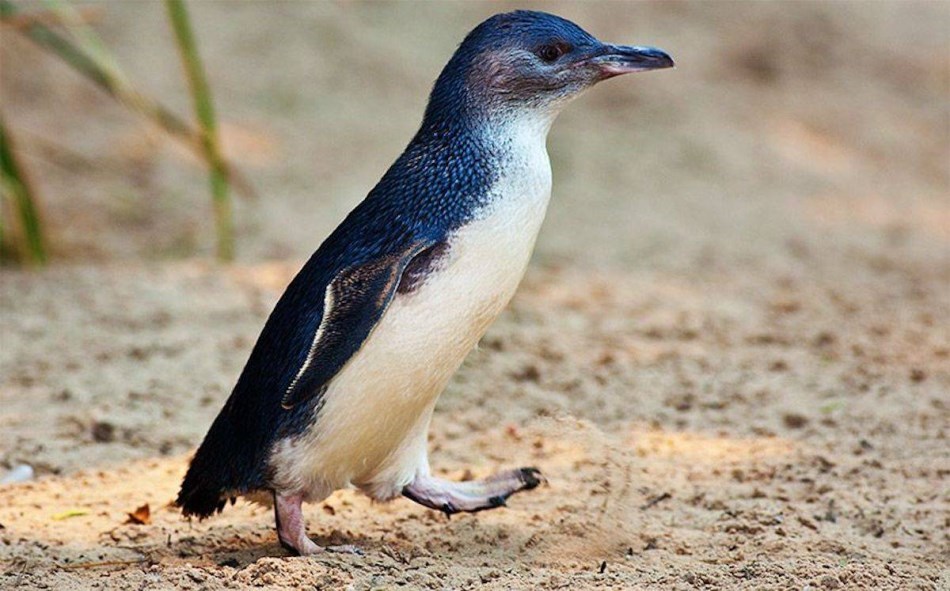Their plumage has a distinctive bright blue-gray color that goes from the head down the back, wings, and tail. In the head below the eyes, they have dark gray feathers spreading across their cheeks. The rest of the neck, chest and belly are white. Big black claws contrast with their pink legs. The beak is short mainly black with some white parts.
Chicks have a brown and white plumage that turns to the blue color that characterizes adults after their first molt.
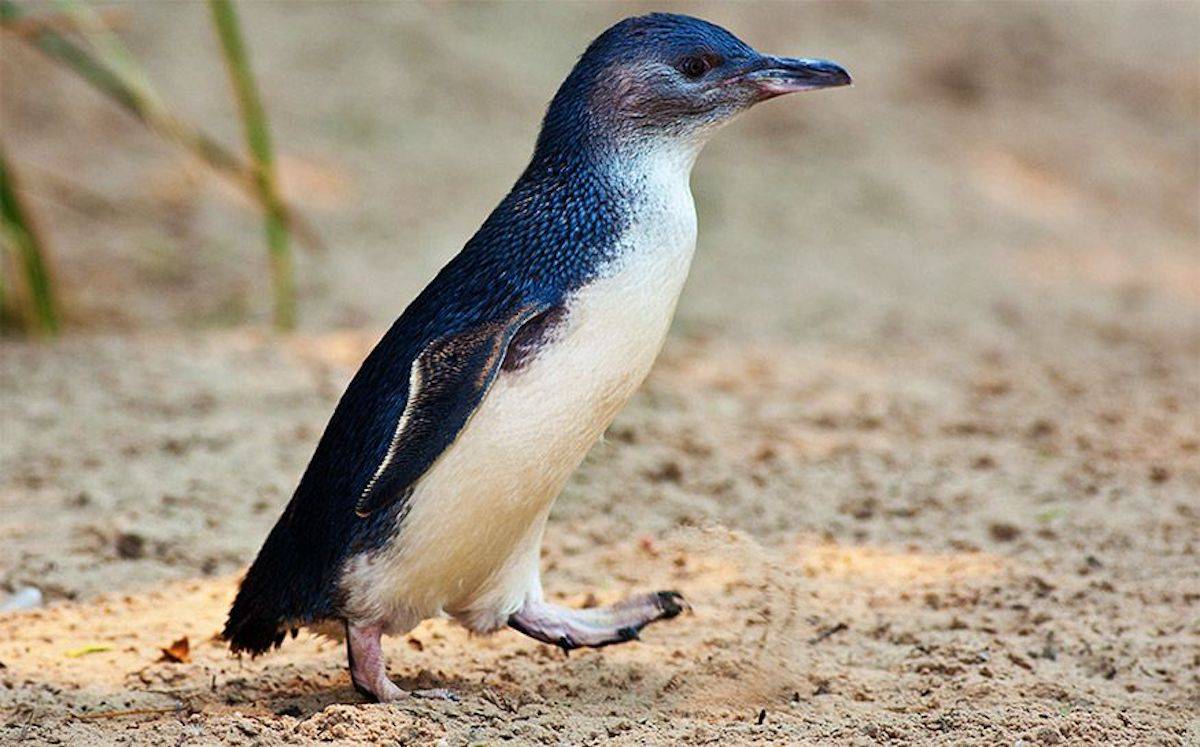
Little penguins largest colonies are in Oamaru, Chatham Island and Banks Peninsula in New Zealand, as well as Phillip Island in Australia and along the coast of Tasmania, around the entire coastline of New Zealand and most of the southern coast of Australia. Surprisingly, lost individuals have been found on coasts of Chile.
Their natural habitat consists of trees, rocky shores, and edgy lands, still reachable by humans.
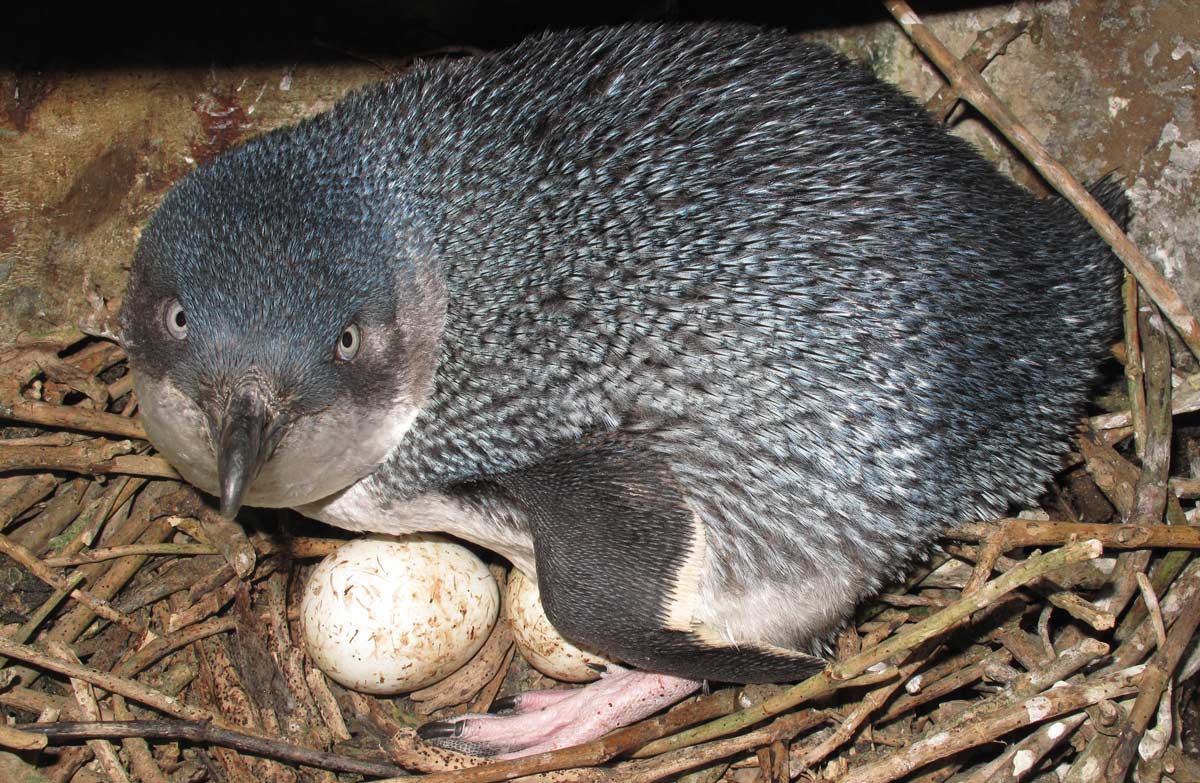
Little blue penguins are mainly nocturnal as they perform most of their activity during the night creating small groups of about ten members or less. They are not migratory and stay close to their colonies most of the time.
They show diverse forms of aggressive behavior that range from warnings, chasing intruders, physical contact and violent attacks, each complemented with body movements and vocalizations. Although these warnings only involve opening and waving their flippers, attacks include powerful beak strokes.
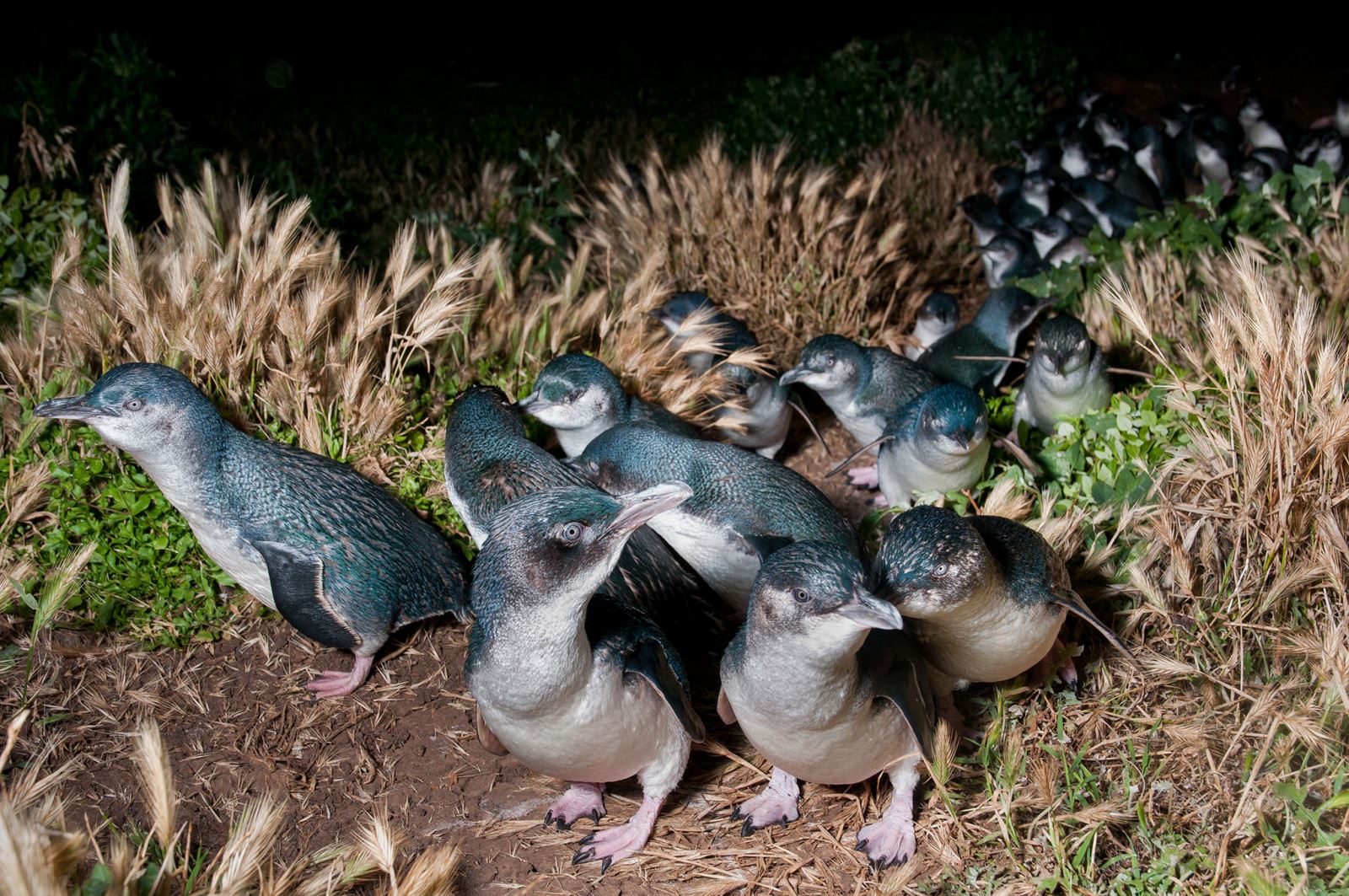
Unlike larger species, they can dive only to a depth of 230 feet for approximately 35 seconds, but usually they do it in depths ranging from 59 to 102 ft.
These small penguins are very noisy, especially at night. This could be a natural defense mechanism that compensates for their tiny size. Each of them has a particular sound that is used to distinguish themselves from the crowd.
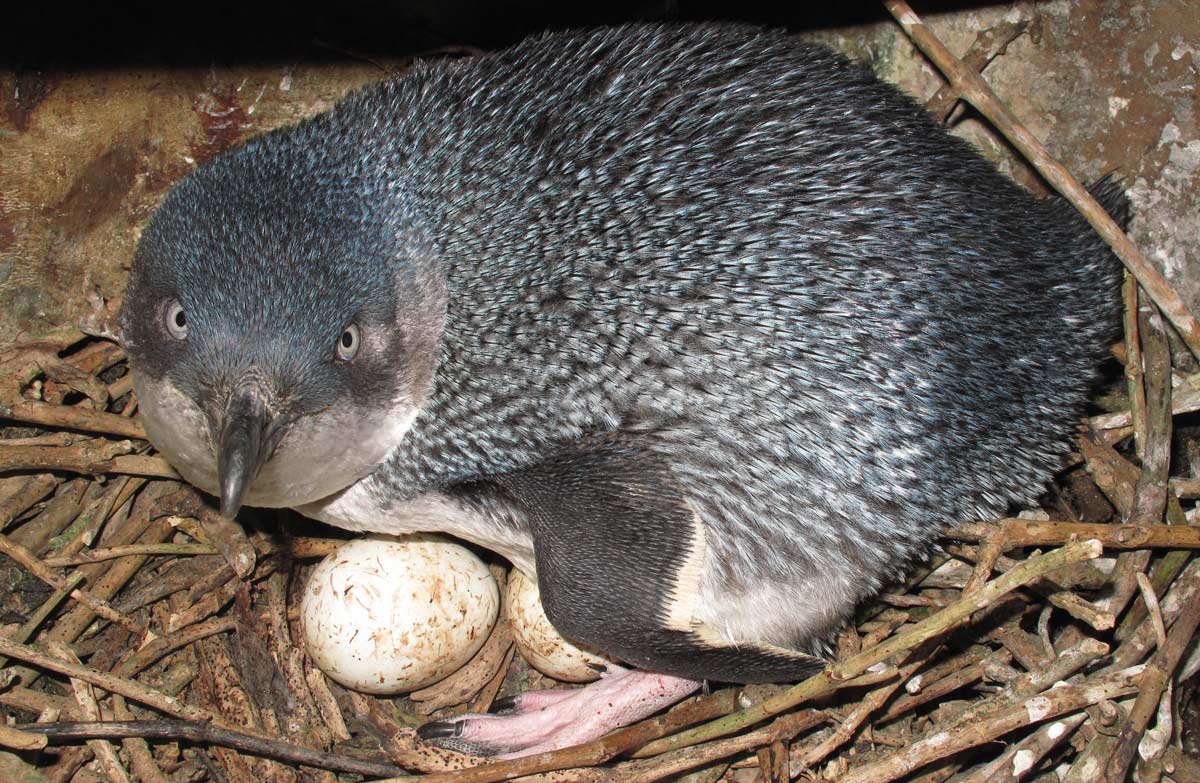
They can get used to human presence and stop fearing them, especially when they are in captivity or when sharing territory with tourists.
Predatory birds like skuas, gulls and sheathbills are the primary predators of eggs and chicks, while introduced animals like rats, dogs, and cats can be a problem for both chicks and adults.
Major threats include forgotten fishing nets and other marine pollution that cause choking in these small penguins. Food availability reduction in recent years translates into larger energy expenditure for them to make longer and more dangerous trips to get food.
According to penguins-world



